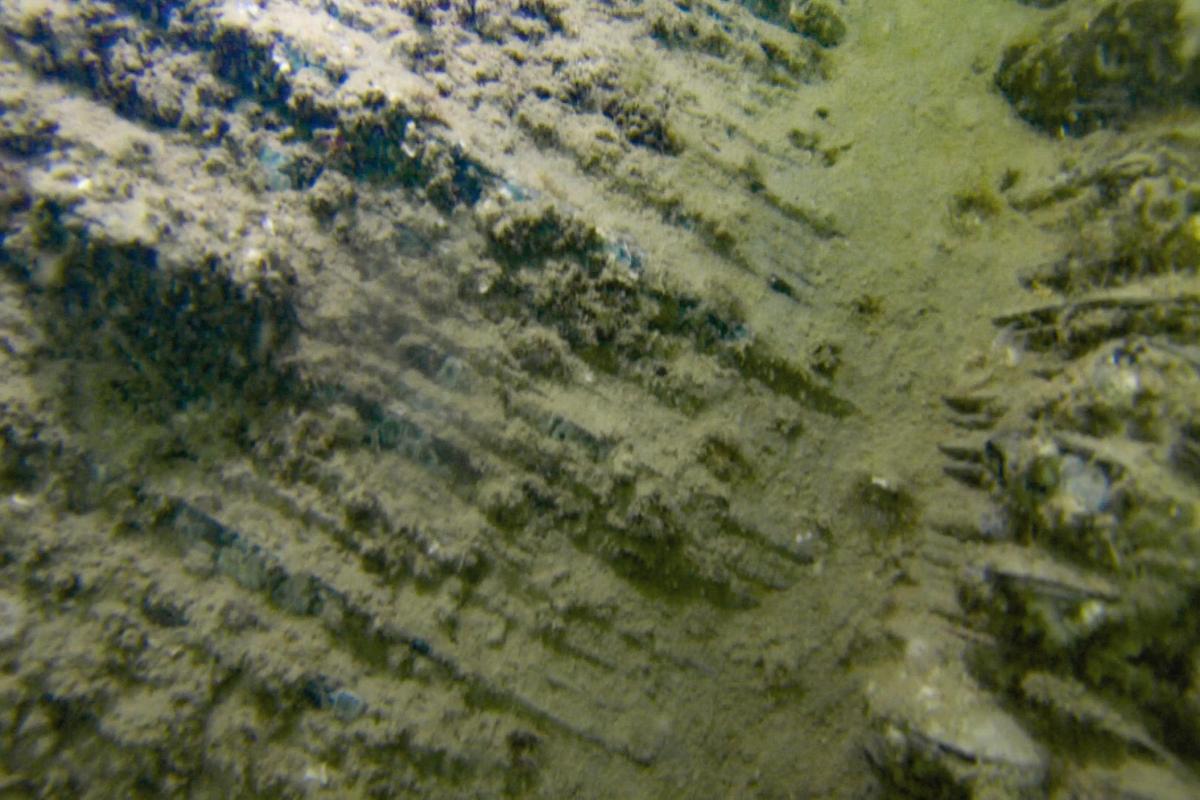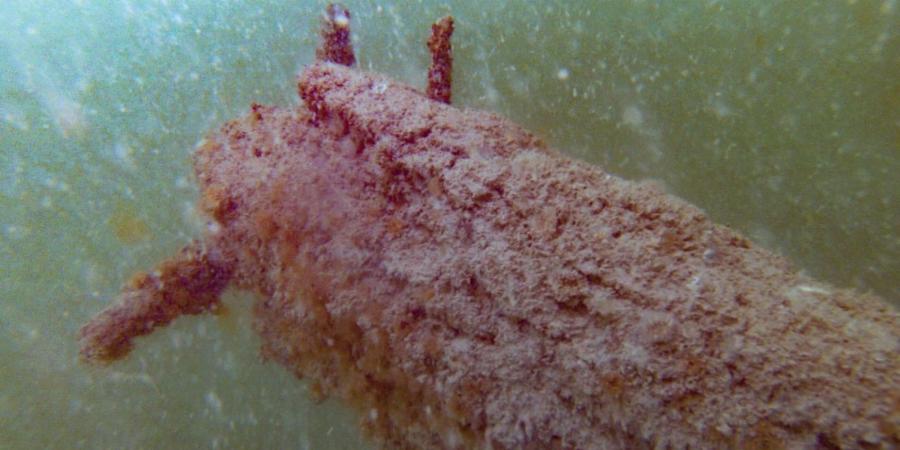Next week, subject to weather, a Wessex Archaeology dive team led by Graham Scott and Paolo Croce will return to the south-east of England to continue the investigation of new shipwreck sites discovered by a port authority following the movement of a sandbank.
One of these is the exceptionally well preserved late 19th or very early 20th century sailing ship carrying slate that we have reported on previously. The team is keen to see how well this wreck has survived the winter storms, as it is in quite shallow and very tidal water. The photograph shows tightly packed slates in the hold of the ship. A sample has been identified as probably coming from Delabole Quarry in Cornwall. The team will also be looking for evidence that will help them identify the ship.

The Thames Estuary has provided us with the opportunity to study an abundance of marine and aviation archaeology in recent years. As well as the Tudor Princes Channel wreck, the 16th century intertidal wreck at Tankerton on the Kent coast and our investigations on the 17th century wreck site of HMS London, our work has led to the discovery of a rare 19th century paddle tug and an even rarer high-altitude variant of the German Junkers 88 bomber, shot down in 1943 during a reconnaissance flight.
Client representative Mark Dunkley of Historic England will be diving with the team, which will also welcome Bournemouth University alumni and archaeologist Grant Bettinson and experienced avocational archaeologists and commercial divers Mike Pacey of Suffolk and Ben Dunstan of Cornwall.
Watch out for further updates as the work progresses.
By Graham Scott, Senior Marine Archaeologist
